Sharon Livermore
Five of the biggest threats to life in the ocean
Five of the biggest threats to life in the ocean
Approximately 71% of the Earth’s surface is covered by the ocean, which is—perhaps unsurprisingly given its size—home to over 90% of the planet’s living species, from plants and fish to reptiles and mammals.
The ocean also plays an important ecological role. It supports aquatic phytoplankton, which produces an estimated 50% of the oxygen that we breathe, and acts as one of the largest carbon sinks on the planet, sequestering vast amounts of atmospheric CO2 and helping to mitigate the effects of climate change.
However, despite the ocean playing such a significant role in the health of the planet and being home to a plethora of animal and plant species, it is under constant threat due to a variety of human activities.
In this blog, we look at five of the biggest threats to life in our ocean and explore the efforts being made to protect one of our most valuable resources.
1. Ocean noise
Often overlooked because it can’t be seen, ocean noise is a significant threat to a number of marine species. Animals like whales and dolphins that hunt and communicate using sound are severely impacted by excessive noise caused by shipping activity, military sonar, and seismic exploration by oil and gas industries. The confusion caused by this noise can disorient animals, preventing them from finding food, meeting a mate, and detecting predators—ultimately threatening their very survival.
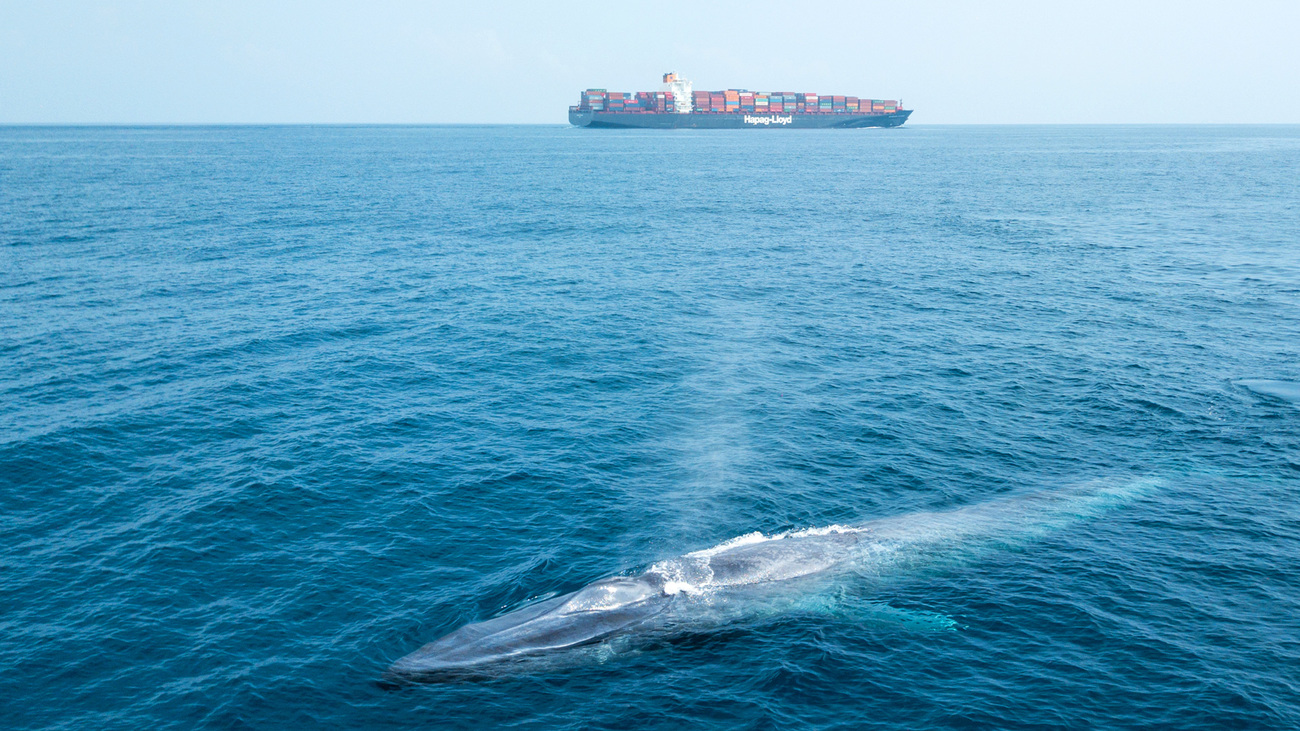
There are currently no international standards for ocean noise in effect, meaning it is difficult to regulate and reduce the noise in our waters. However, avenues are being explored to help reduce ocean noise.
Shipping speeds and high noise levels are closely linked, so one promising solution is to reduce the speed at which commercial ships move through the water. IFAW has been working closely with shipping companies, ports, and the International Maritime Organization’s Marine Environment Protection Committee to try to reduce shipping speeds and ocean noise.
Learn more about our Blue Speeds campaign and the work we’ve been doing to combat ocean noise in the EU.
2. Vessel strikes
Another threat that is linked to shipping is vessel strikes on marine wildlife. These are exactly what they sound like—large vessels, such as shipping containers, collide with aquatic animals, usually whales. These collisions typically result in devastating injuries for the animals and sometimes even death.
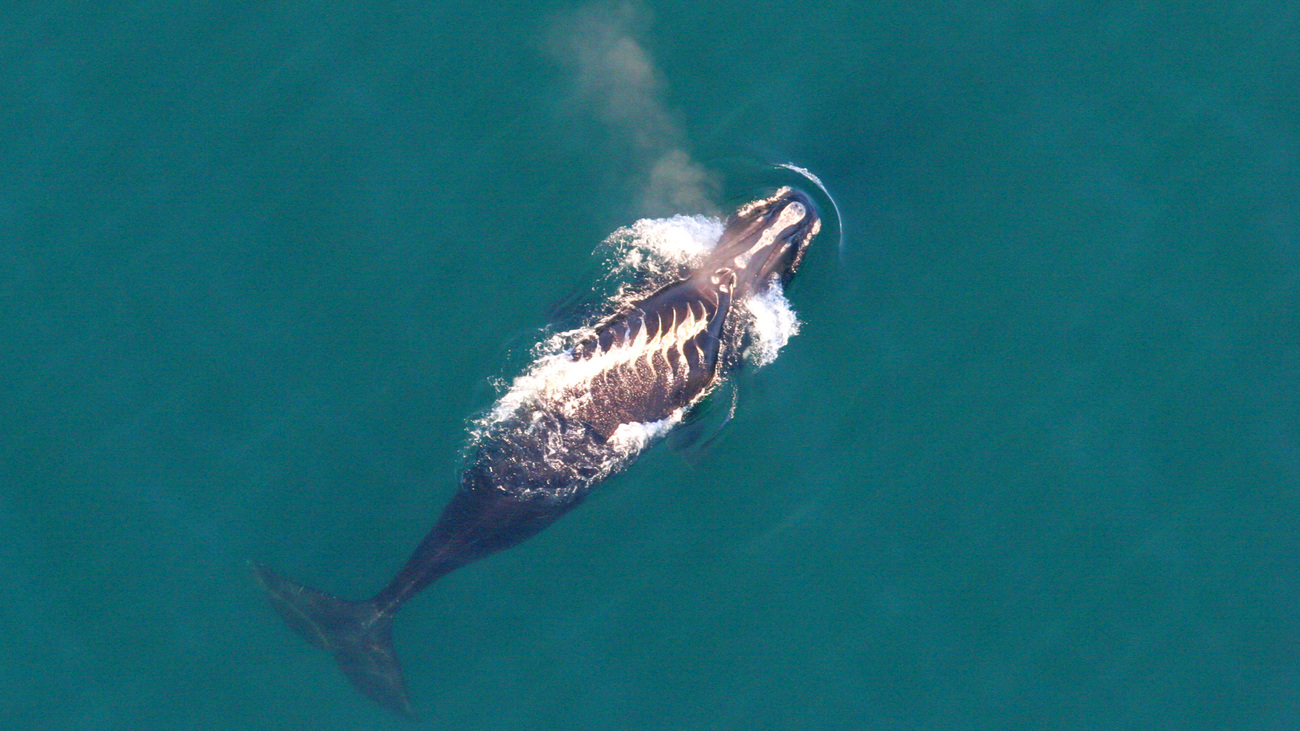
Vessel strikes have contributed to the decline of a number of whale species, including the North Atlantic right whale and Mediterranean whales. Reducing ship speeds can help solve this issue, and a panel of conservation experts recently urged the US Congress to support updated vessel speed restrictions in order to protect the endangered right whale.
One innovative technology we have introduced is the Whale Alert mobile app that helps mariners to be more aware of the signs of whales in the area so they can hopefully avoid collisions.
3. Climate change
The increase in global temperatures seen with climate change has—and continues to have—devastating effects on the ocean. Warming temperatures have led to coral bleaching, threatening an estimated 75% of the world’s reefs, while ocean acidification is having dire consequences for many marine species too.
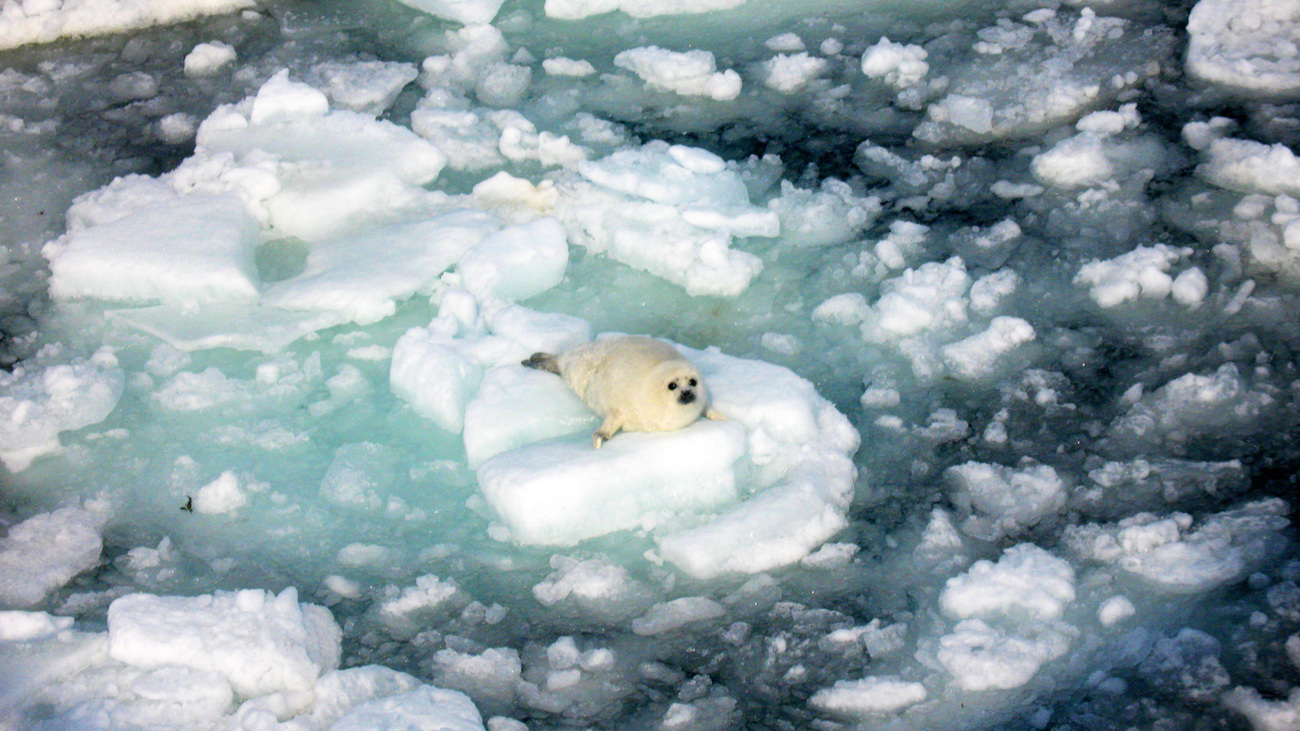
Embracing nature-based solutions to climate change is crucial for making equitable, sustainable, and long-term climate interventions. When we center animals in any climate efforts, taking advantage of their natural ecological functions, we can protect their ecosystems from further harm.
It is also important to work with local communities and stakeholders to establish equitably-led and sustainable climate projects in their local ecosystems. Education is key on both sides—teaching people about the effects of climate change and how to be more climate-conscious, as well as learning from local experts to help make a real difference in their communities.
4. Entanglement in fishing gear
Marine animals—from whales, dolphins, and seals to turtles and seabirds—often become caught and trapped in nets and lines used by commercial fisheries. This entanglement can inhibit marine animals from moving freely, preventing them from hunting, breathing, and eating normally. They can also cause severe injuries. In fact, there have been more than one recent instance of critically endangered North Atlantic right whales dying from entanglement injuries.
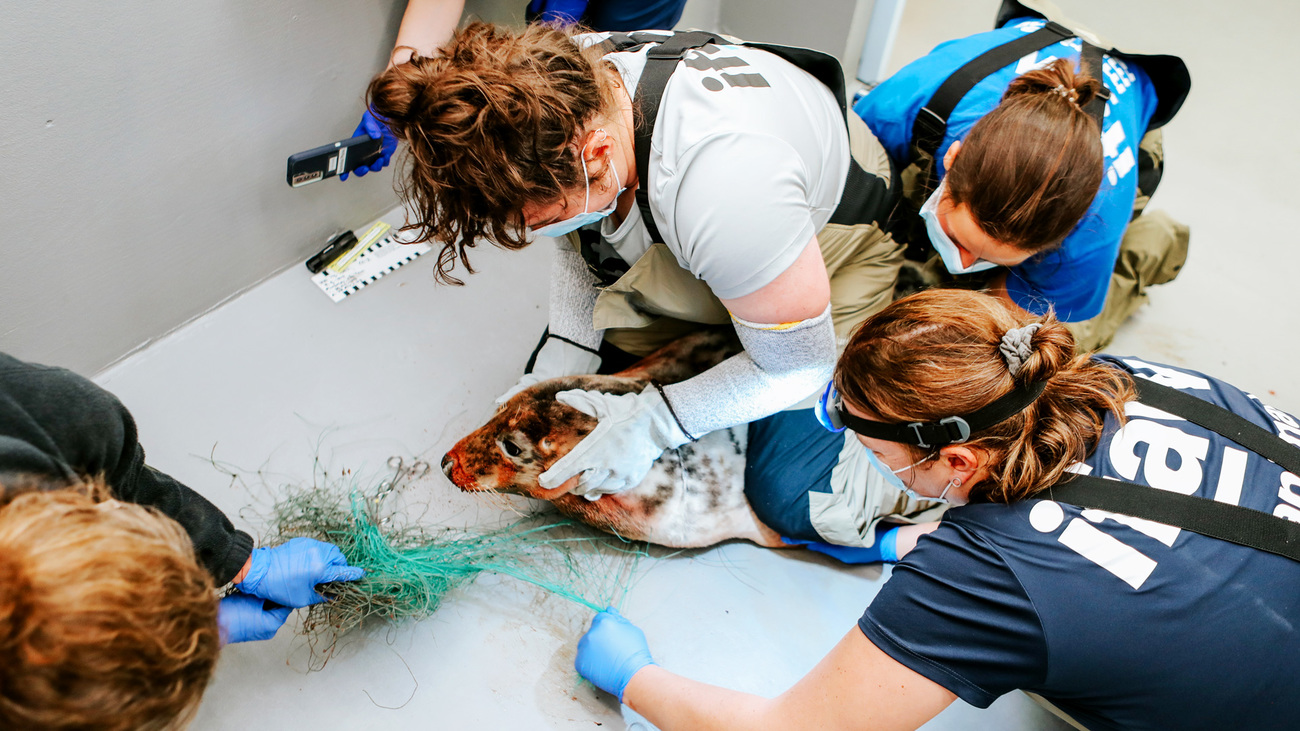
IFAW has been conducting a multi-faceted campaign to solve the issue of entanglement. We have been working to build public awareness, push for regulatory change, and promote innovative solutions in the US and Canada to help protect the North Atlantic right whale.
Additionally, we have been working to introduce a new type of sedative that slows entangled whales down so our veterinary experts can disentangle them from nets. Using drones, we can estimate the size of whales and provide the proper dosage, making this method of disentanglement safer and more effective for both the whales and the rescuers.
5. Plastic debris
An estimated eight million metric tonnes of plastic end up in our oceans each year. Our discarded bottles, plastic bags, and packaging are choking and entangling animals, or breaking up into tiny pieces that can be swallowed, releasing toxic chemicals along the way. Over 90% of seabirds are now thought to have plastic pieces in their stomachs.
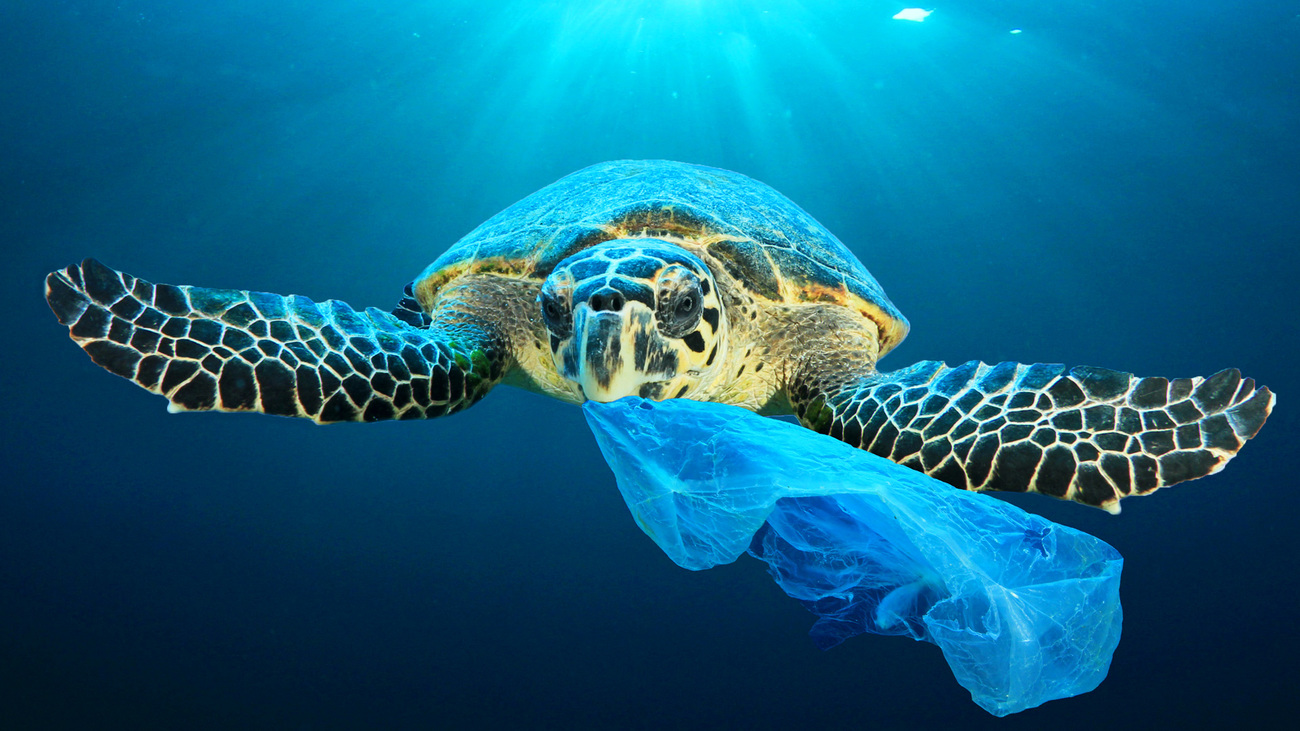
This plastic comes from a number of sources, including littering and improper disposal of waste. In addition to getting tangled and choking on plastic debris—as is often seen with sea turtles— when plastic breaks down into microplastics, it is then consumed by small fish and species lower on the food chain. When these species are then eaten by predators higher up the food chain, these toxic microplastics are passed up the chain and amplified, threatening the entire marine ecosystem.
There are many things we can do to help reduce the amount of plastic waste in our oceans. These include small-scale changes in our day-to-day lives, such as not using plastic bags or straws, as well as larger-scale initiatives with which we can engage. For example, International Cleanup Month is an annual event focused on removing waste from our oceans and coastlines. Find out more about this initiative and how you can get involved.
For more information about the work IFAW is doing to protect not only our oceans but the entire natural world, explore our projects.
Related content
Our work can’t get done without you. Please give what you can to help animals thrive.